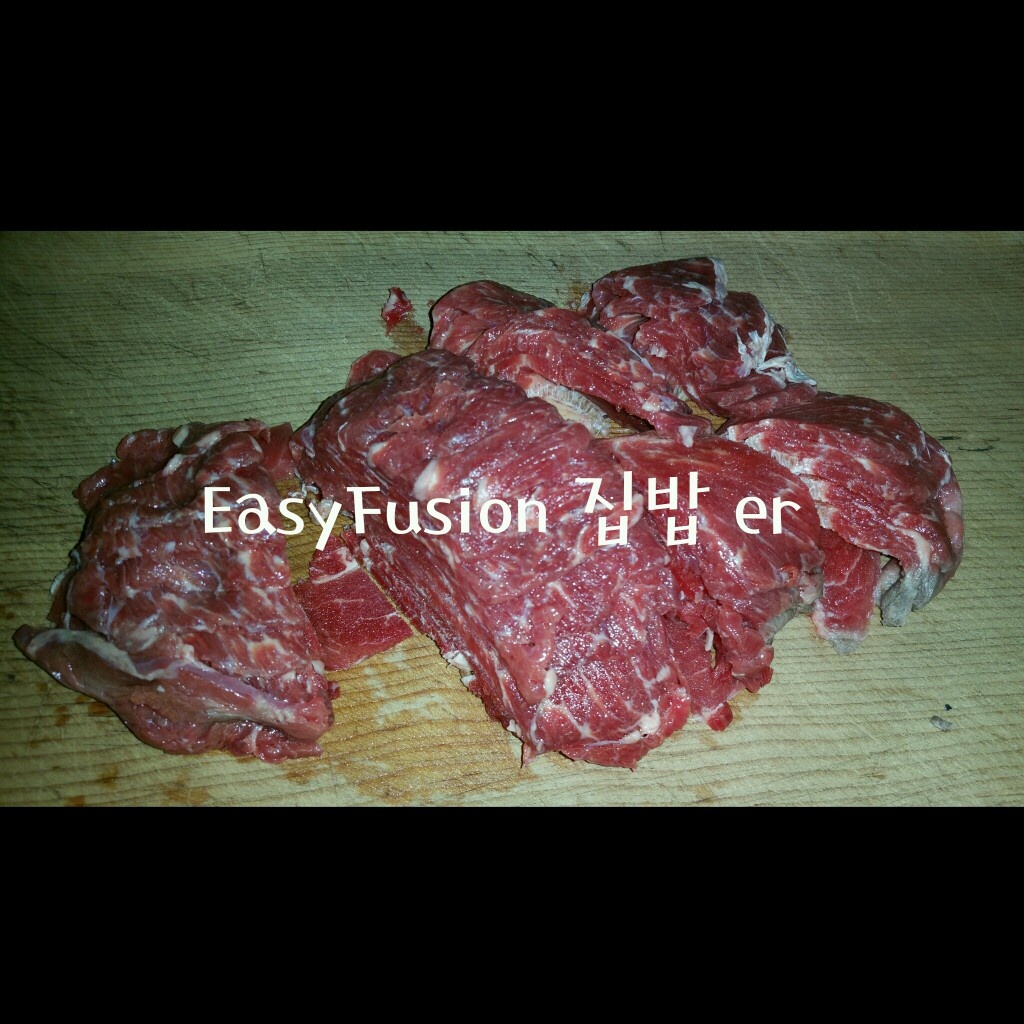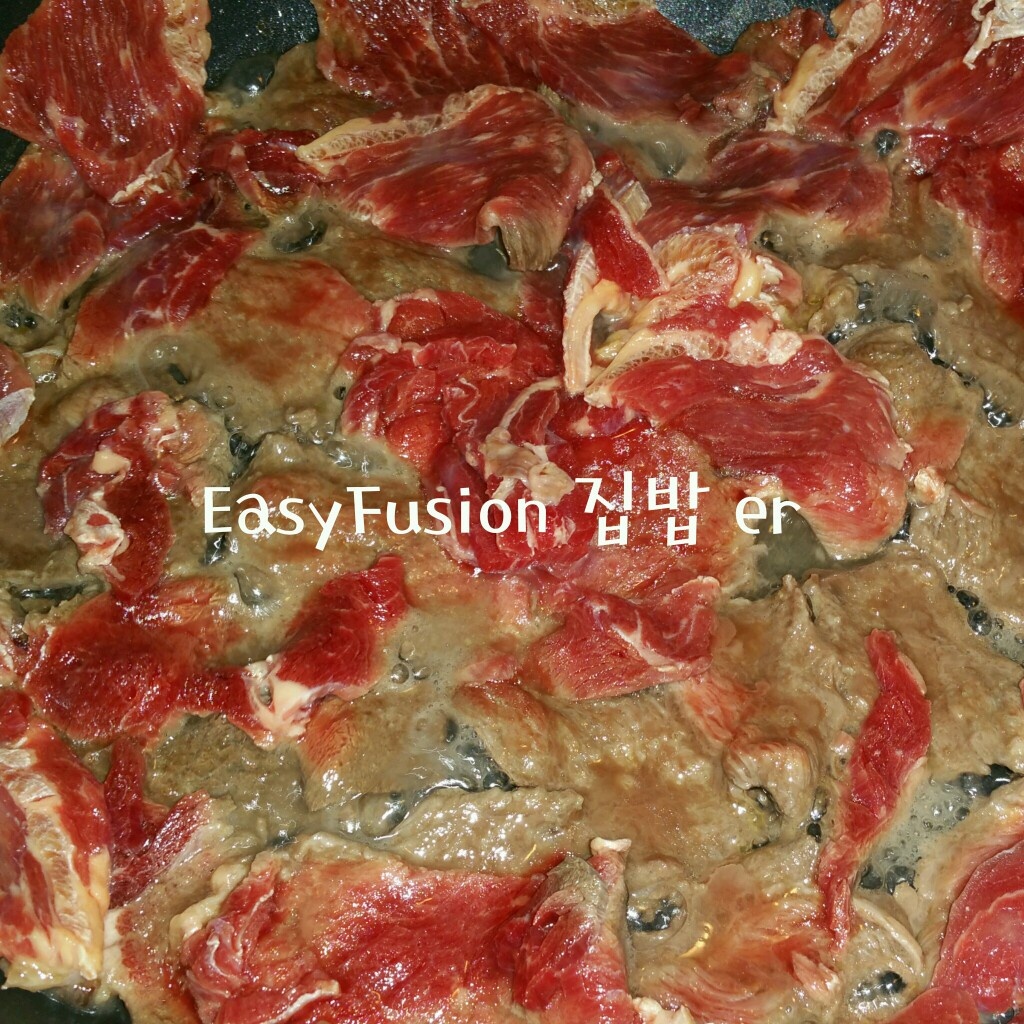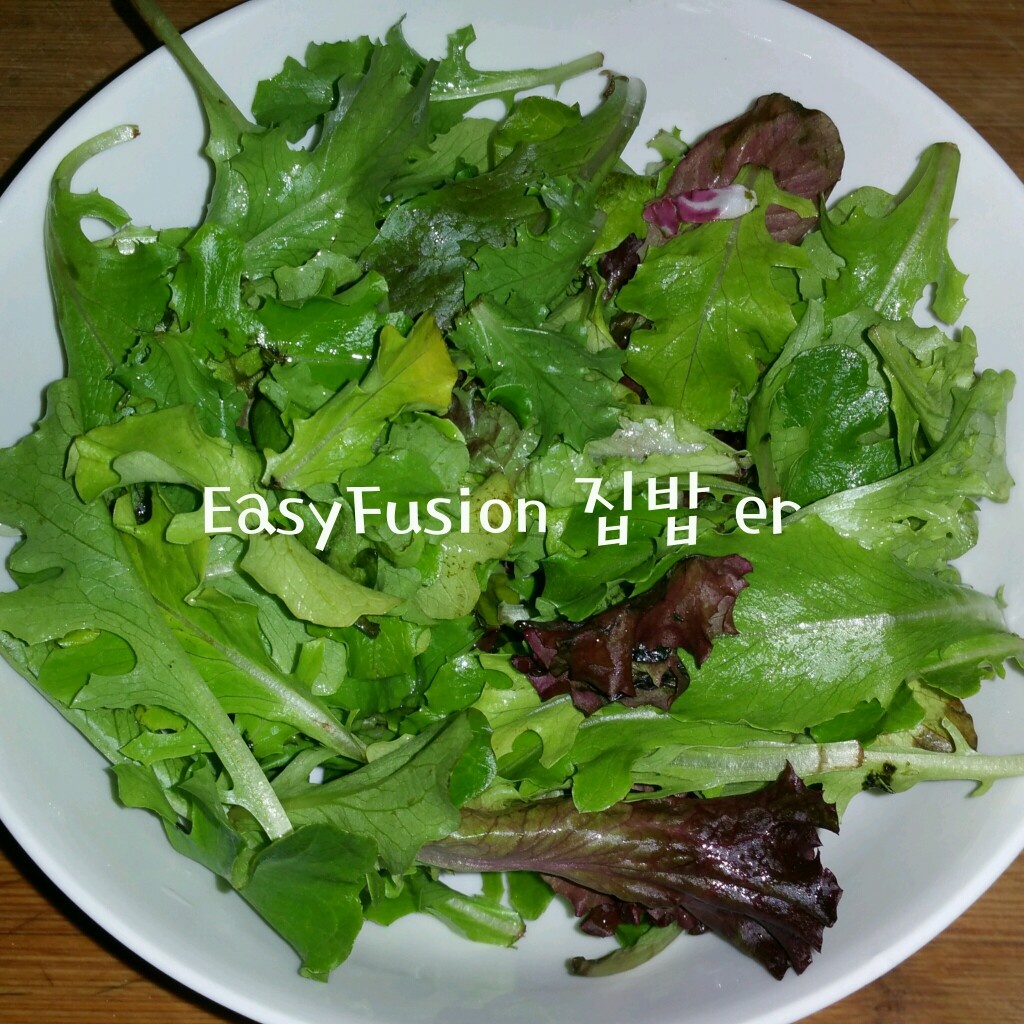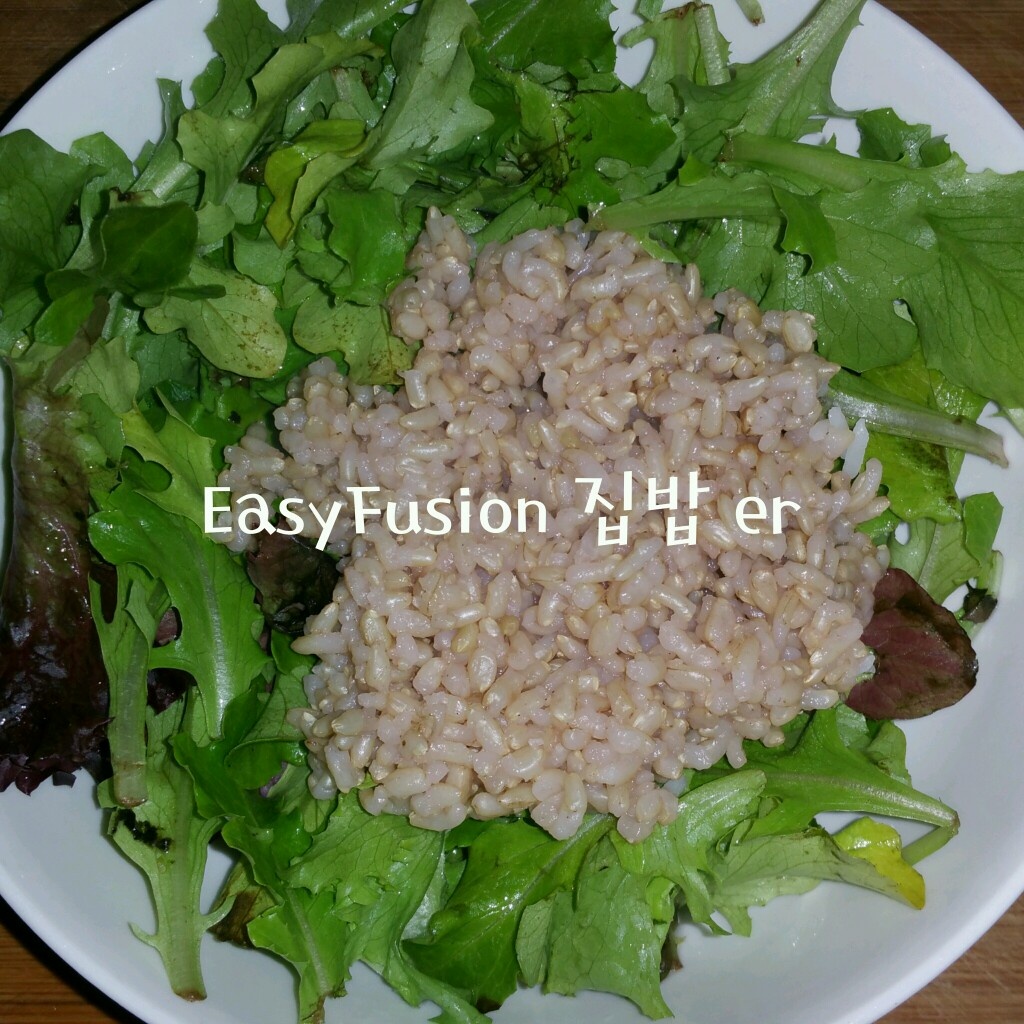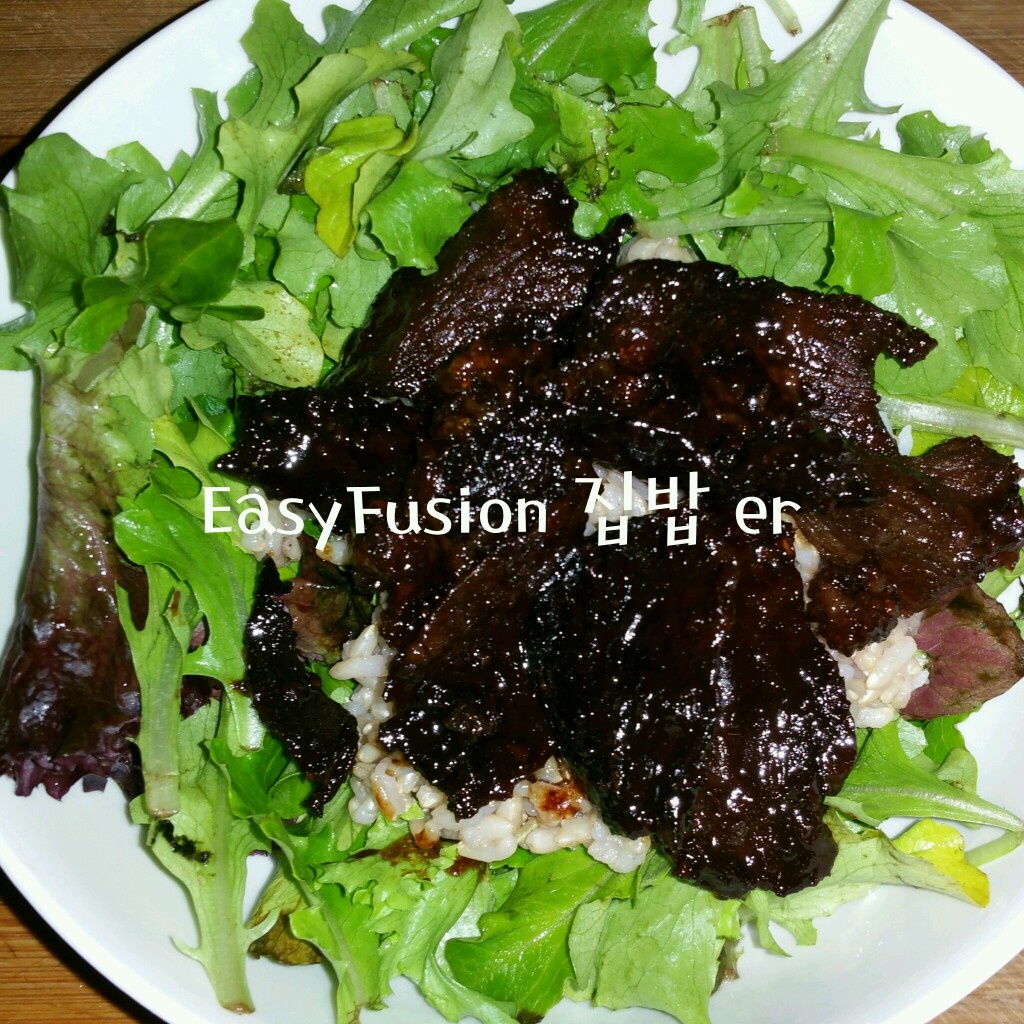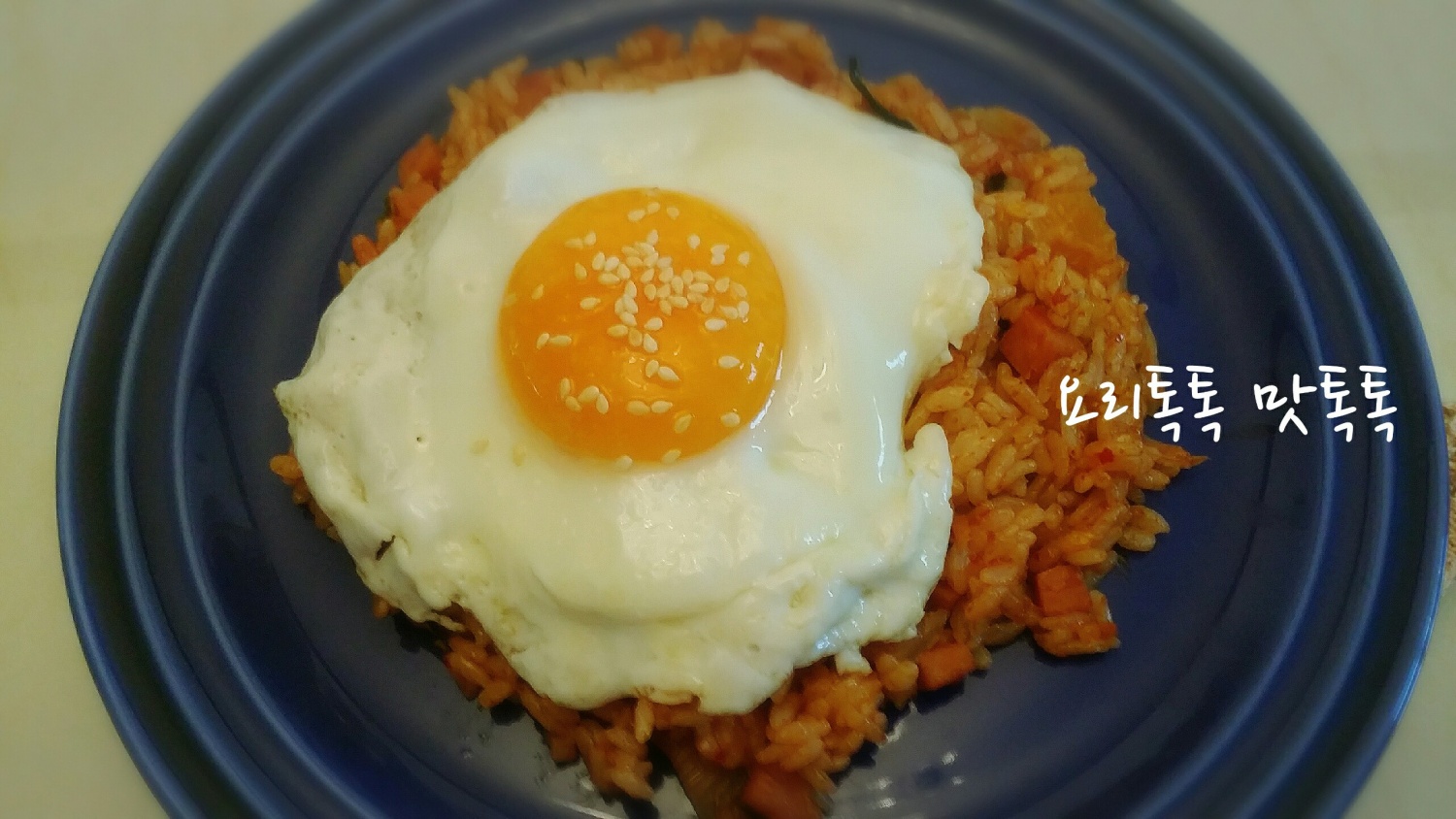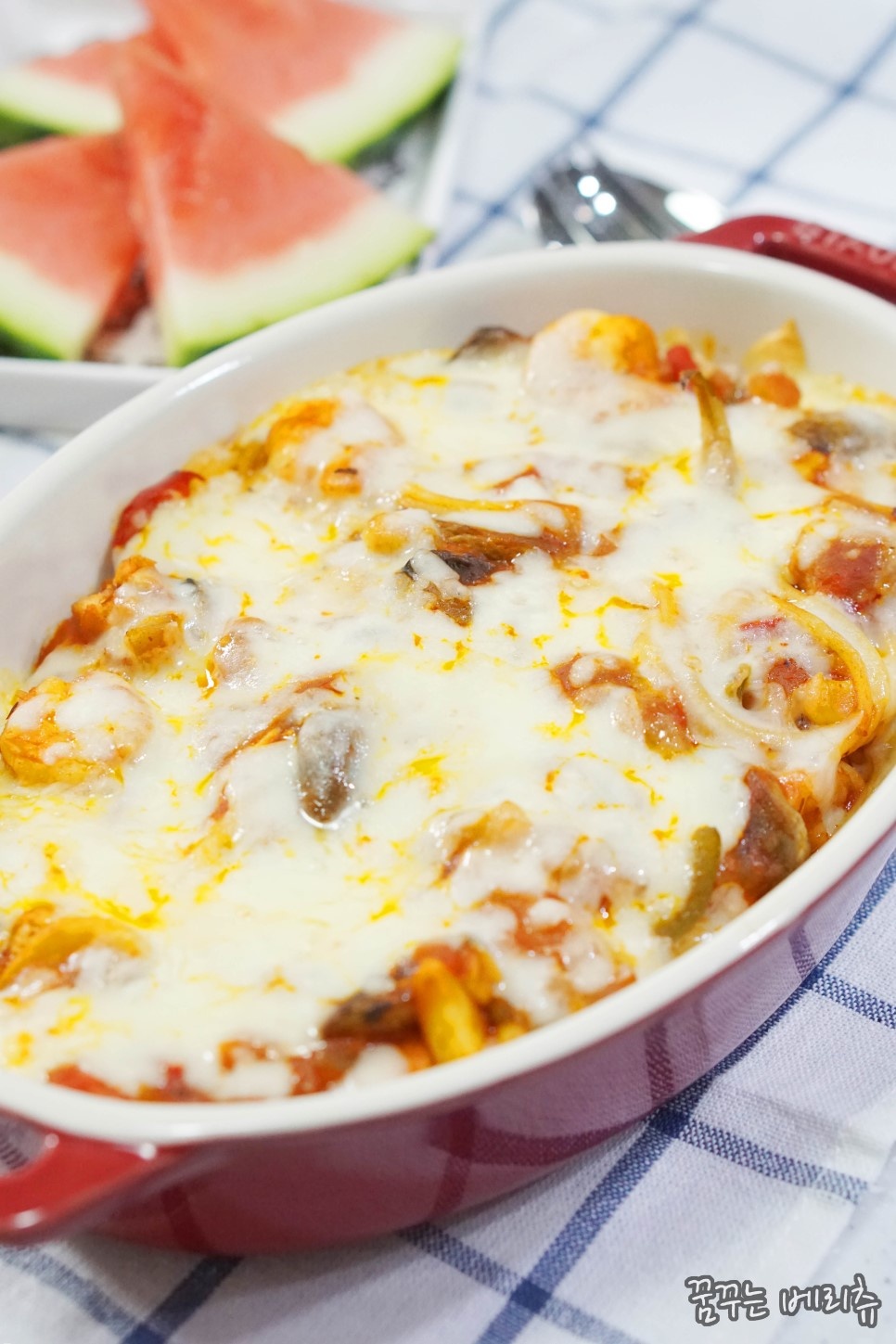
Ingredients
Spaghetti 200g, 2/3 bottles of commercial tomato sauce (500ml), 2 cups of mozzarella cheese (200g), 2 tablespoons of corn, 4 tomatoes, 4 mushrooms, 3-4 tablespoons of olive oil, 4 pages of shrimp (Or bacon), 1/2 onion (medium), 1/4 green pepper, and 1/4 red pepper
1. Prepare ingredients for cheese oven spaghetti.
You can prepare it by slicing it in good size to eat. Cut garlic and mushrooms at this time. I prepared the shrimp, but you can prepare a handful of ingredients like bacon, ham, and chicken breast.
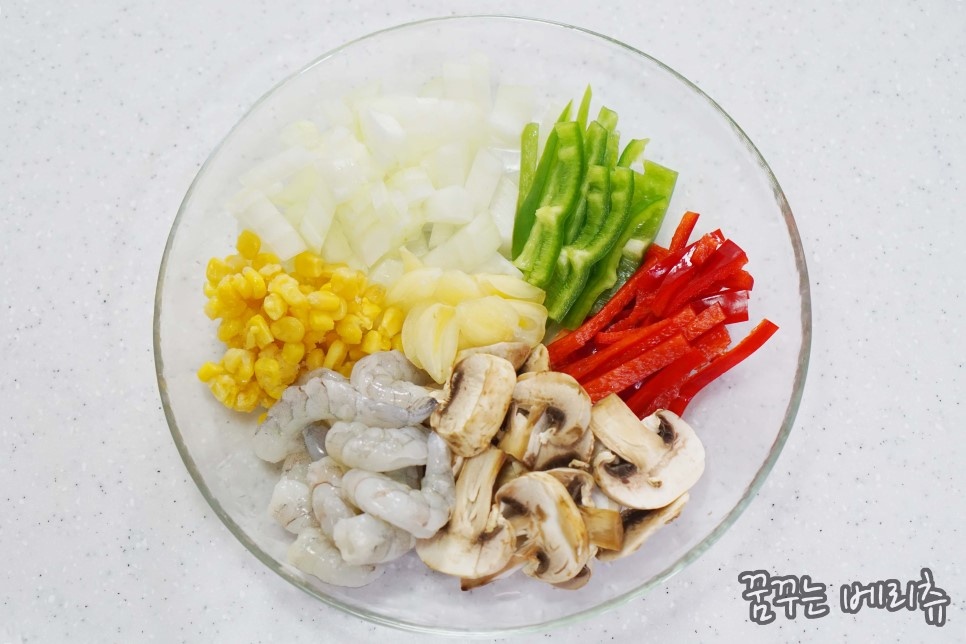
2. It is not mandatory, but if you prepare 3-4 drops of tomato You can make more savory tomato spaghetti.
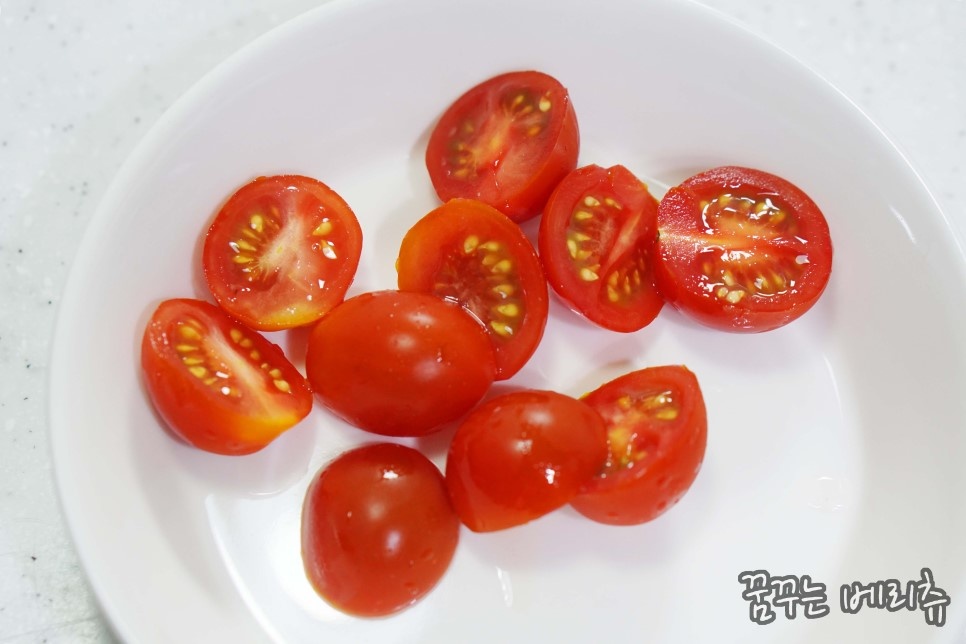
3. Put 1/2 tablespoon of salt and 1/2 tablespoon of olive oil in boiling water and boil it in the aldente for the degree of boiling.

4. Berichut boiled for about 7 minutes. If it is difficult to boil it with aldentes, you can reduce it by 2 minutes in the cooking time described on the wrapping paper. Because the noodles are sauteed in the sauce and put into the oven to cook more. The point is to boil it less in this process. I’ll make the sauce while boiling the cotton.
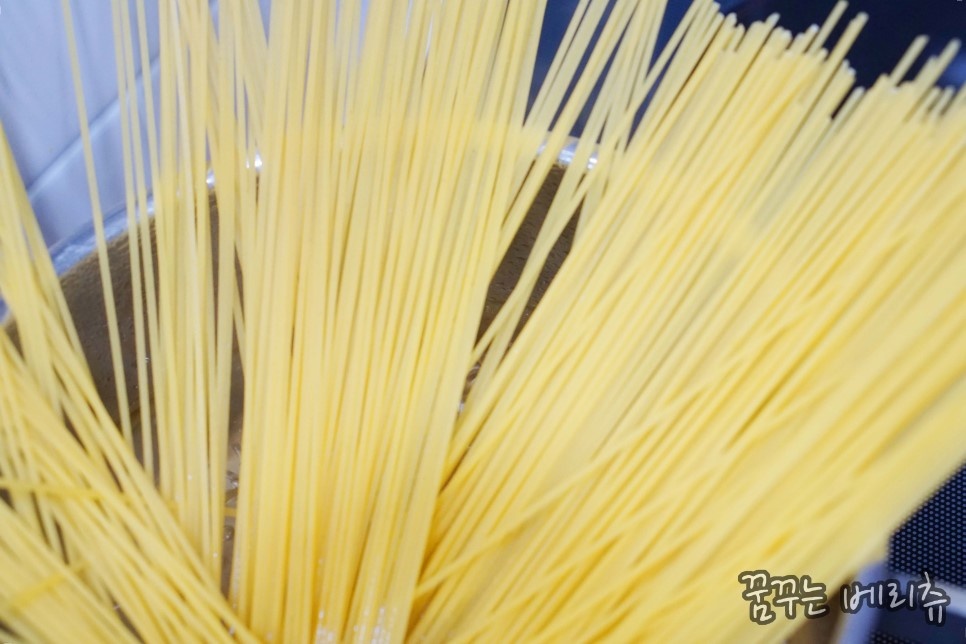
5. Put the pan over medium heat and put olive oil and garlic.
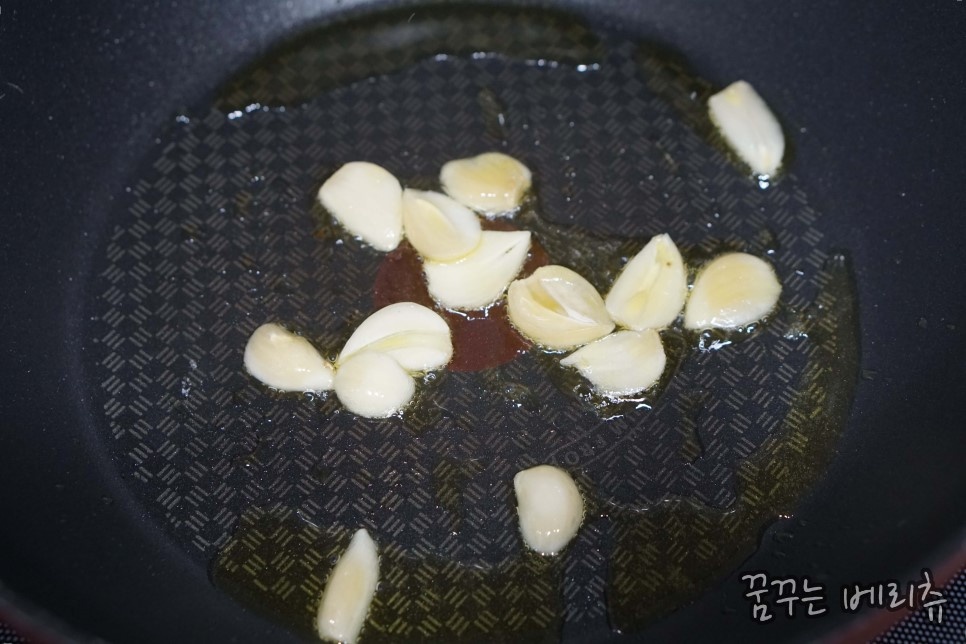
6. When the fragrance of garlic comes up, add shrimp or bacon and fry for 1-2 minutes.

7. Please put all the remaining ingredients, please lightly roasted.
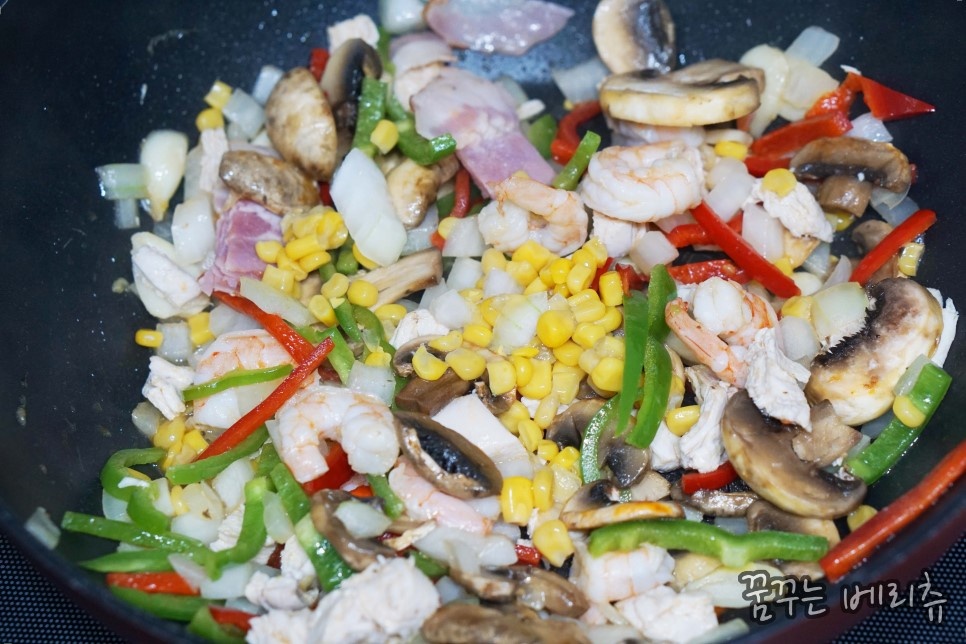
8. Please put a commercial tomato sauce and make it well.

9. Tomato Spaghetti is the primary source of perfection. Now all you have to do is cook it.

10. Remove the boiled noodles and transfer them to the sauce. Mix them evenly and fry them for 30 seconds.
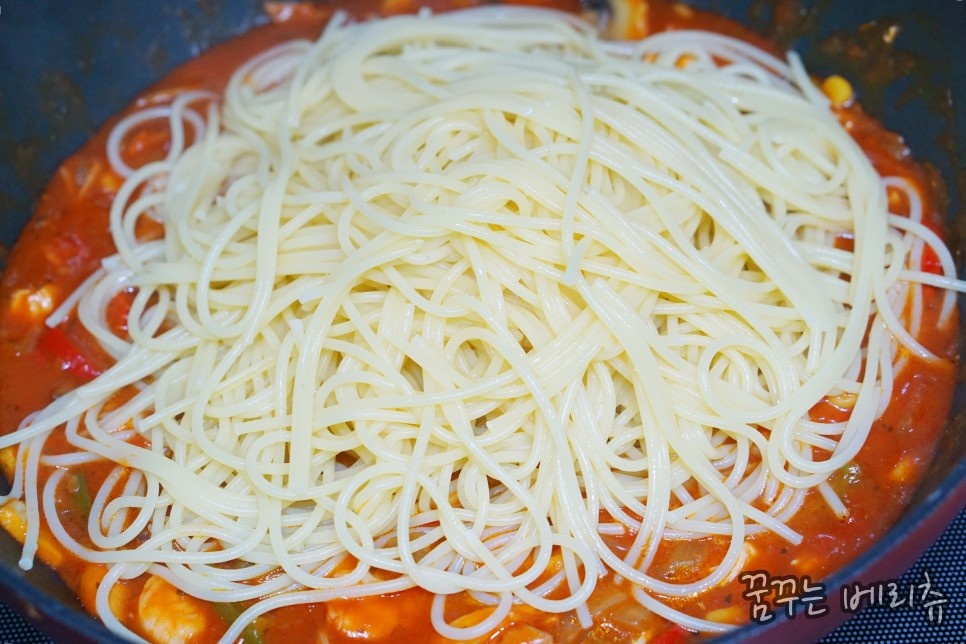
11. At this time, if the source is bumpy, please adjust the concentration by adding a little face.
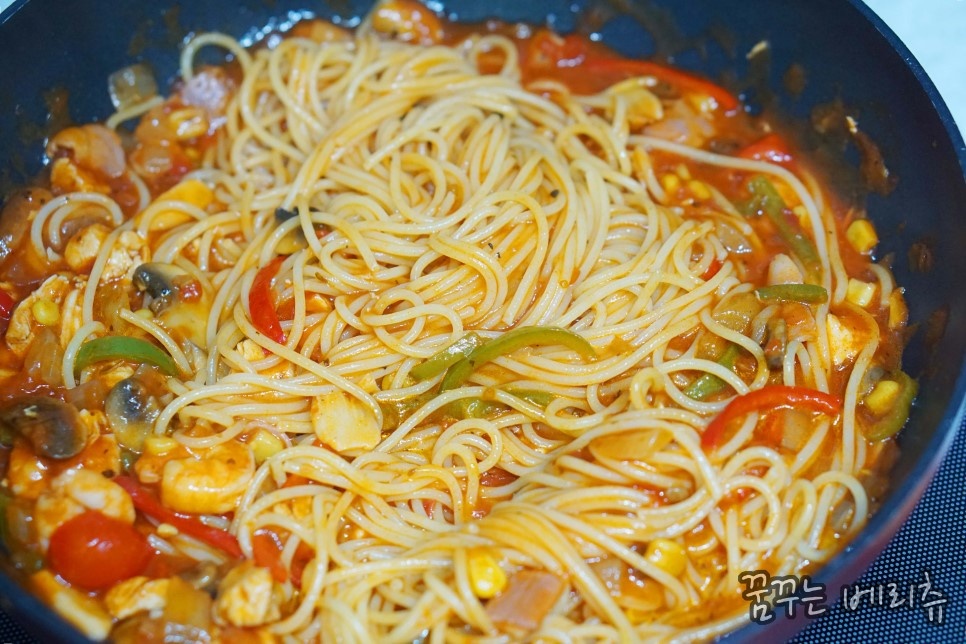
12. Please put the finished tomato spaghetti in a concave bowl.
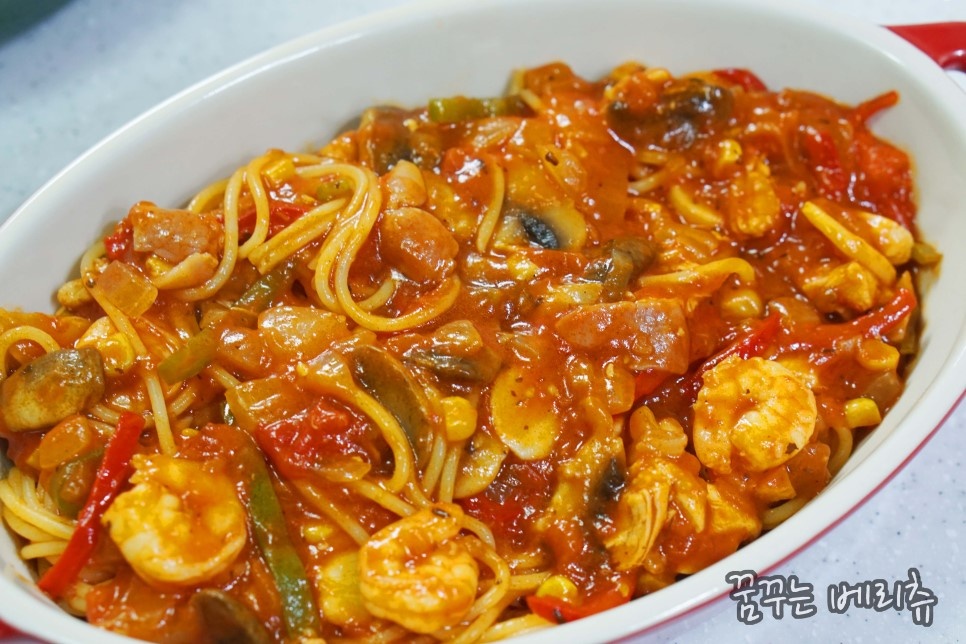








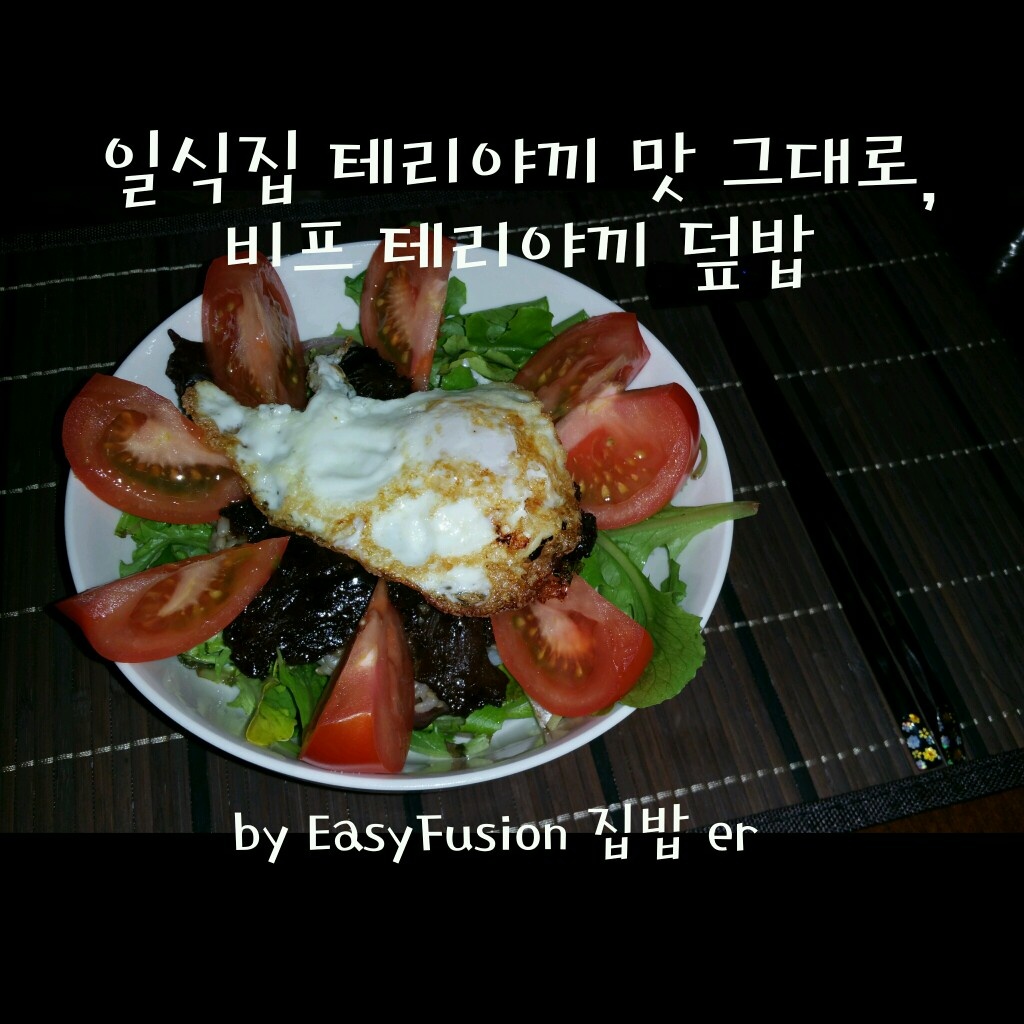
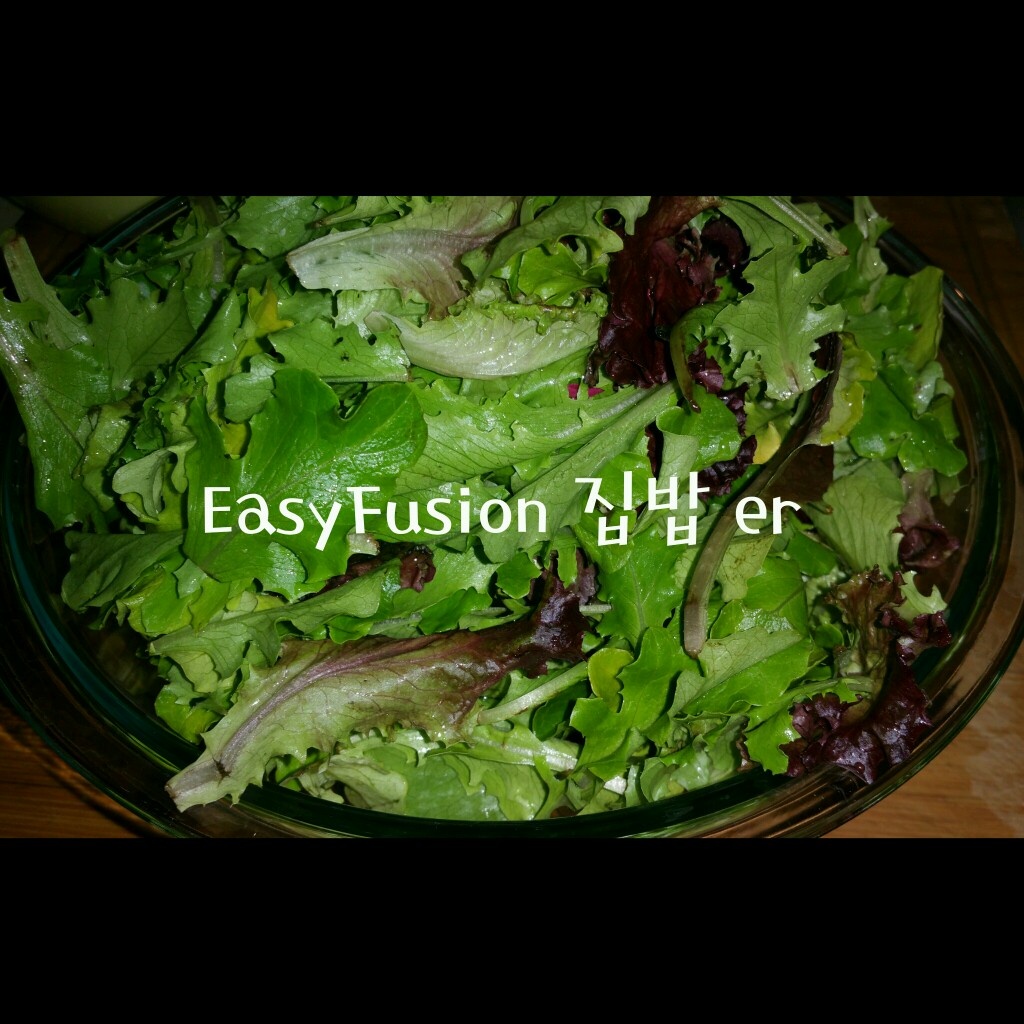 1. You’ll have to prepare a lot of vegetables because it will make the liver stronger. Please rinse thoroughly and hold the sieve to dry the water. I had a spring mix, and it contained some vegetables like lettuce and chicory. If you do not have it, you can either use regular salad greens or just tear or cut lettuce.
1. You’ll have to prepare a lot of vegetables because it will make the liver stronger. Please rinse thoroughly and hold the sieve to dry the water. I had a spring mix, and it contained some vegetables like lettuce and chicory. If you do not have it, you can either use regular salad greens or just tear or cut lettuce.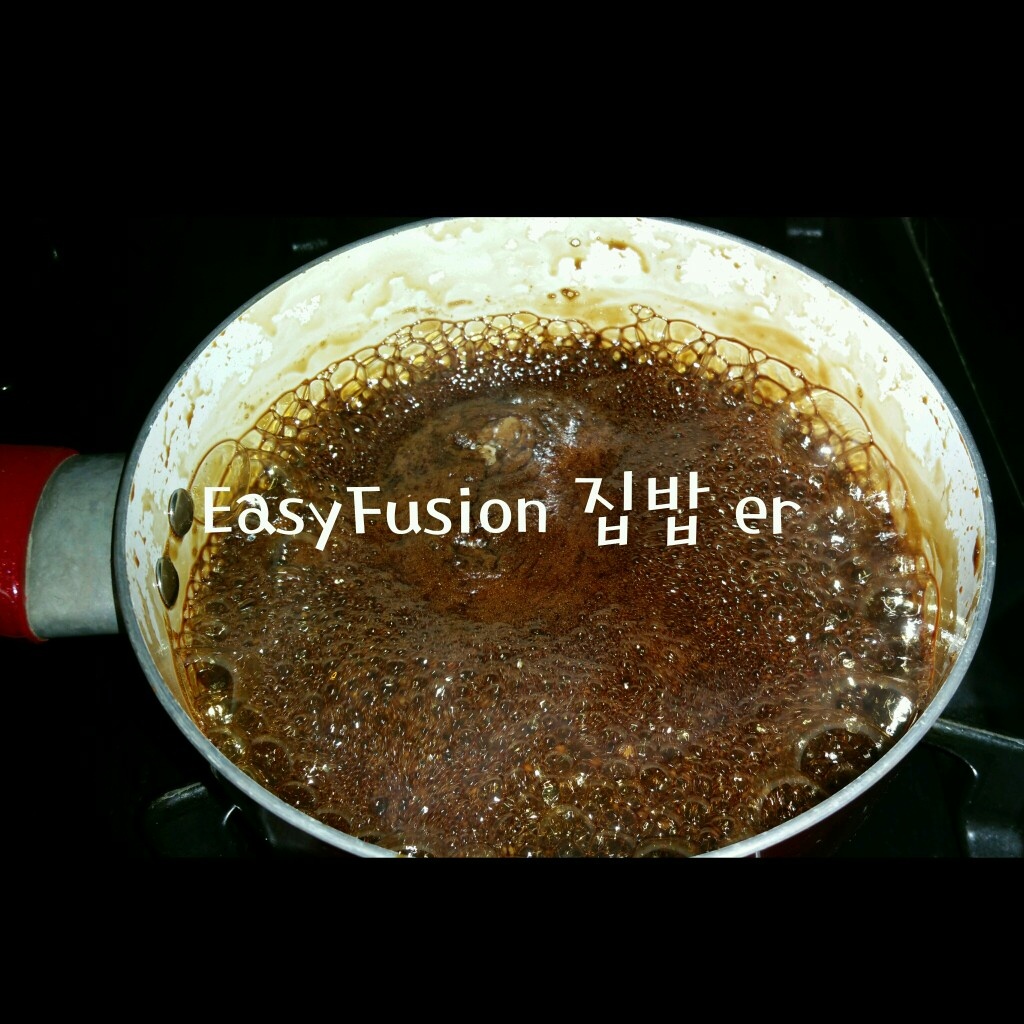 2. The core is the source and it looks pretty simple. I made it easy to use the tsuyu without complicating the Gatsu-osushi-yaki, but I am proud that the taste is just as good as any other Japanese-style house. Many people think that teriyaki sauce is sweet if you put soy sauce into sweet soy sauce, but if you feel that something is 2% short, please make sure you make all the ingredients I wrote. Put all the teriyaki sauce ingredients in a pan and boil them.
2. The core is the source and it looks pretty simple. I made it easy to use the tsuyu without complicating the Gatsu-osushi-yaki, but I am proud that the taste is just as good as any other Japanese-style house. Many people think that teriyaki sauce is sweet if you put soy sauce into sweet soy sauce, but if you feel that something is 2% short, please make sure you make all the ingredients I wrote. Put all the teriyaki sauce ingredients in a pan and boil them.